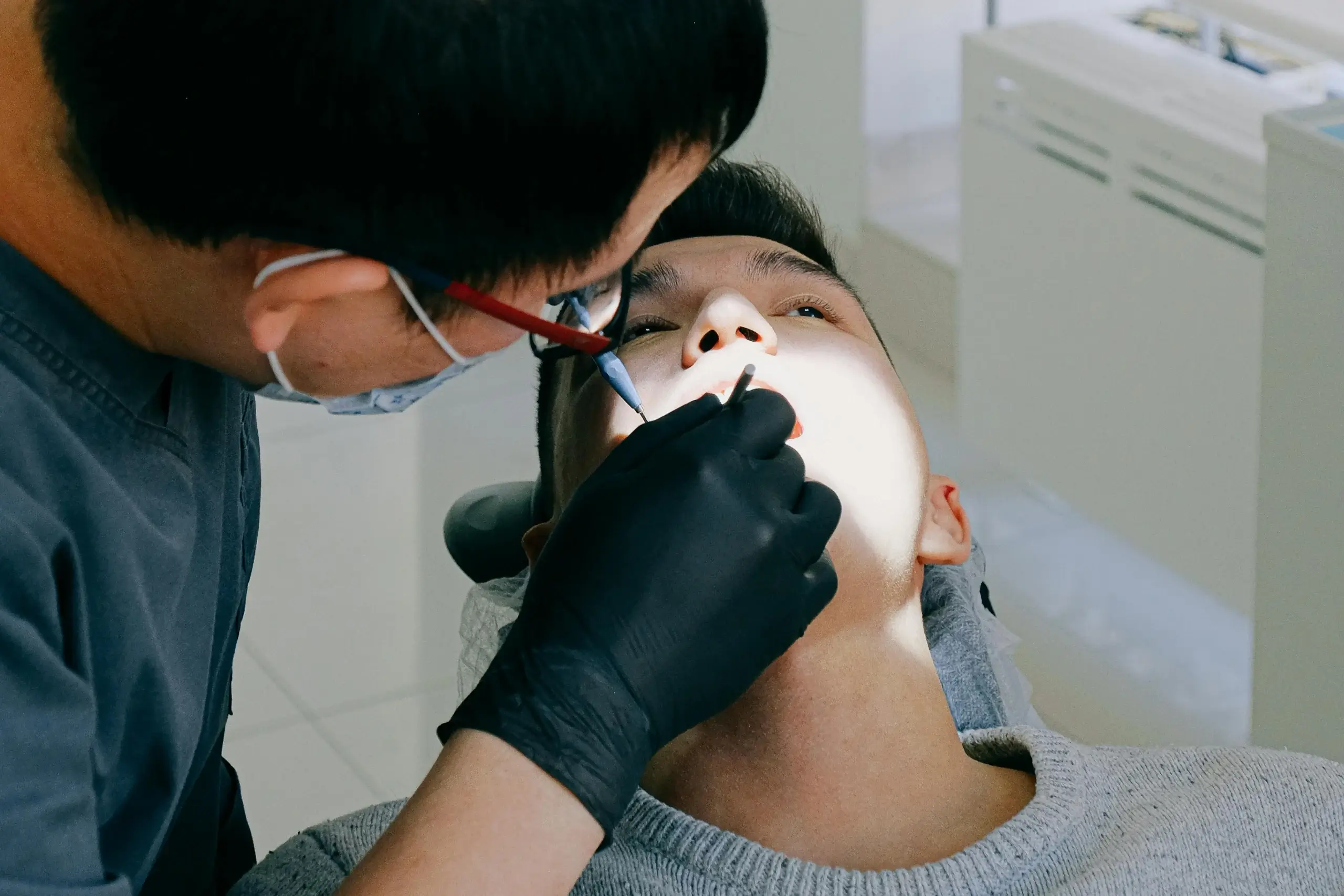Your cart is currently empty!
Emergency Dentist Near Me: What to Do When You Need Urgent Dental Care

Dental emergencies can strike at any time—whether it’s a sudden toothache, a broken tooth, or a knocked-out tooth during a sports game. In such moments, finding an emergency dentist near you becomes a top priority. But when you’re in pain or panic, it’s not always easy to know what steps to take or how to find the right help fast. This guide will walk you through how to find an emergency dentist, what to do in the meantime, and how to prepare in advance so you’re not caught off guard.
What Is a Dental Emergency?
A dental emergency is any situation involving your teeth or gums that requires immediate attention to relieve severe pain, stop bleeding, or save a tooth. Common dental emergencies include: sudden, severe toothache, broken, cracked, or chipped teeth, knocked-out tooth (avulsed tooth), bleeding gums or oral injury, abscess or swelling in the gums, lost dental crown or filling, jaw injuries or misalignment. If left untreated, these problems can worsen quickly and may lead to permanent damage or serious infections.
Step 1: Stay Calm and Assess the Situation
The first and most important thing to do during a dental emergency is to stay calm. Panicking will only increase stress and delay effective action. Take a few moments to assess: Is there bleeding? Are you in severe pain? Is a tooth or dental work missing or damaged? Is there swelling or signs of infection? This quick evaluation helps determine how urgent the issue is and what kind of help you need.
Step 2: Search “Emergency Dentist Near Me” — And Act Fast
Once you identify the issue, use your smartphone or device to search “emergency dentist near me.” Here’s how to filter and act on the results quickly:
Use Google Maps or Search Engines
Search engines and map apps like Google Maps can help you locate emergency dental clinics that are: open 24/7 or offer after-hours care, located within a short drive from your location, have positive reviews or high ratings. Look for listings that mention “Emergency Dentist,” “Same Day Appointments,” or “Walk-ins Welcome.”
Call Before You Go
Once you find a nearby clinic, call immediately to confirm their emergency services, availability, and what documents or insurance you may need. Be ready to describe your symptoms briefly so they can assess the urgency.
Step 3: What to Do Until You See the Dentist
Sometimes you may have to wait a few hours before you can be seen. Here’s what you can do based on your emergency:
Toothache
Rinse your mouth with warm salt water. Use a cold compress outside the cheek to reduce swelling. Take over-the-counter pain relievers like ibuprofen (avoid aspirin for bleeding).
Knocked-Out Tooth
Handle the tooth by the crown (not the root). Rinse it gently with water (no scrubbing). Try to place it back in the socket if possible, or keep it in a container of milk or saliva. Get to the dentist within 30 minutes if possible.
Broken or Chipped Tooth
Rinse your mouth with warm water. Apply gauze if there’s bleeding. Use a cold compress to reduce swelling. Save any broken pieces and bring them with you.
Abscess or Swelling
Rinse with salt water. Apply a cold compress. Take OTC pain medication. Do not attempt to drain the abscess yourself.
Lost Filling or Crown
If a crown falls out, try to place it back using dental cement (available at pharmacies). For lost fillings, use dental wax or sugarless gum as a temporary seal.
Step 4: Know Where to Go for Severe Cases
If you’re unable to find an emergency dentist nearby or the situation becomes unmanageable (e.g., uncontrollable bleeding, facial swelling, or high fever), visit the nearest hospital emergency room. While hospitals may not have dental professionals on staff, they can provide pain management, antibiotics for infections, and refer you to an on-call dentist.
How to Choose a Trustworthy Emergency Dentist
When time allows, it’s important to choose a dental clinic that’s reliable and experienced in emergency care. Here are a few tips:
Read reviews: Look for recent patient feedback about emergency experiences.
Check credentials: Make sure the dentist is licensed and has emergency care experience.
Availability: Choose clinics that offer same-day or 24/7 emergency care.
Technology & Equipment: Clinics with digital X-rays, sedation options, and in-house labs are better prepared.
Transparent pricing: Ask about consultation fees, insurance coverage, and treatment costs in advance if possible.
How to Be Prepared Before a Dental Emergency Happens
Preparation can make a major difference in how quickly and calmly you can respond during a dental emergency. Here’s how to stay ready:
Keep an Emergency Dental Kit
Include the following in your home first-aid kit: gauze, dental wax, salt packets, pain relievers (ibuprofen), cold compress pack, dental cement (for temporary crown reattachment), a small container with lid (for knocked-out teeth), contact information of your preferred dentist.
Save Emergency Contacts
Keep a list of local emergency dental clinics and their contact numbers in your phone. Add them to your favorites so you can access them quickly.
Know Your Insurance Coverage
Check if your dental insurance covers emergency visits and what kind of clinics are within your provider network.
Final Thoughts
When you’re experiencing a dental emergency, time is crucial. Whether it’s a cracked tooth, abscess, or sudden pain, finding an emergency dentist near you quickly can prevent serious complications and even save your teeth. Use search tools smartly, stay calm, and manage your symptoms until professional help is available. Most importantly, prepare in advance so you’re never caught off guard when a dental emergency strikes.
About the author
Leave a Reply